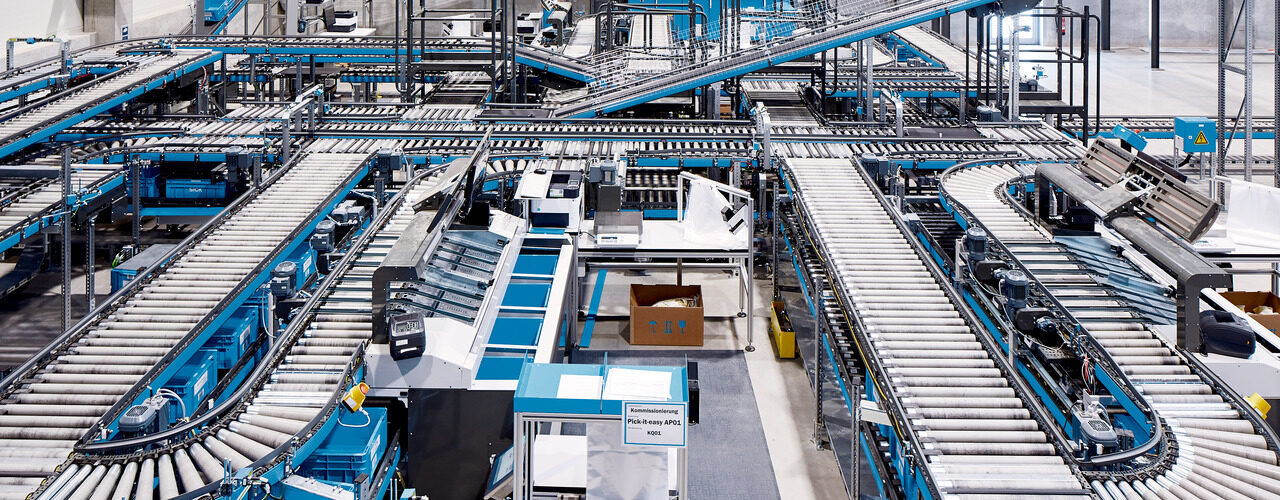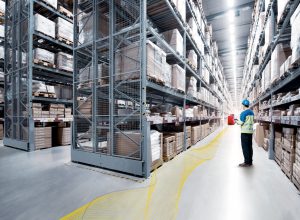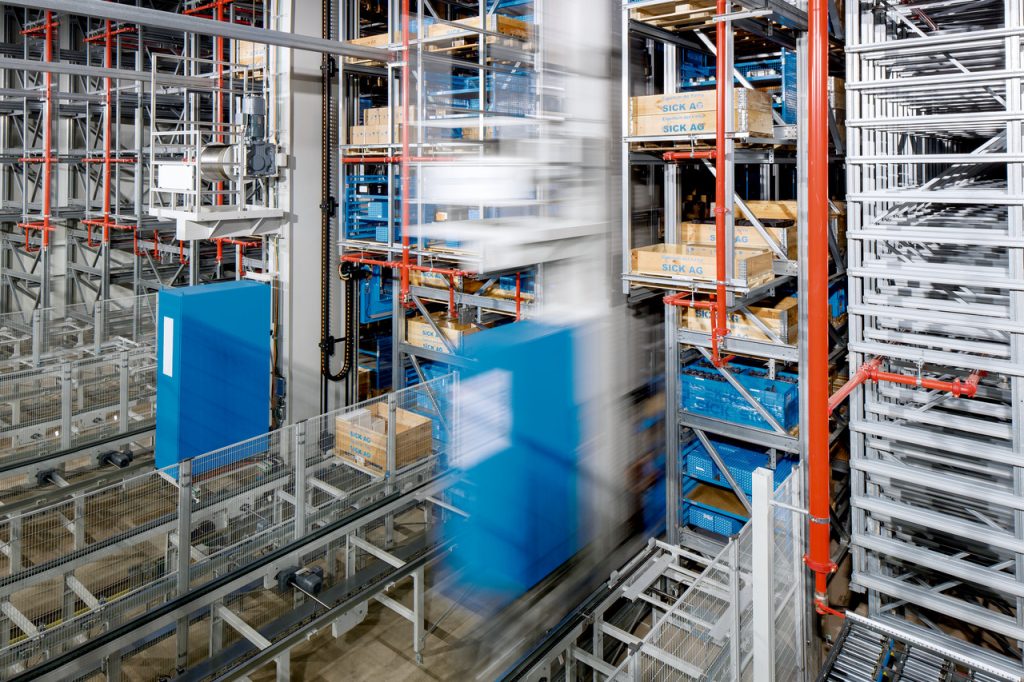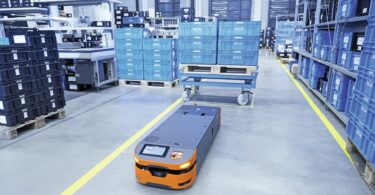The latest trends in the retail industry and how SICK solutions can help
To stay competitive, retailers are investing in a seamless customer experience by offering an omnichannel approach to retailing. This means providing customers with a unified shopping experience across multiple channels, such as in-store, online, and mobile. But providing these experiences brings about a number of challenges on the back end of the retail and warehousing business. So, how can you stay on top of these everchanging retail strategies?
This showcases a growing need for automation within supply chain and retail distribution centers. Automated distribution centers can reduce labor costs, improve accuracy, and increase throughput. In this article, we’re discussing four main strategies on how sensors and other solutions from SICK can help retailers create more automated distribution centers to stay competitive.

Cost Reduction Strategies
Like any business, the options to reduce costs in retail and warehousing applications are pretty simple: reduce waste, optimize inventory, cut overhead costs, invest in technology. One way to help with this strategy is data. That means generating the right data, at the right time.
Data can help to optimize inventory management, conveyor routes, and logistics processes. But gaining accurate product data is one of the biggest hurdles. Collecting master data and dimensioning data can help analyze all goods entering or leaving a facility. Once collected, all that data can be sent to a warehouse management system, making it easier to optimize space within the warehouse.
In addition, by integrating unique package identifiers (e.g., package or label data, 1D/2D barcodes, RFID tags), shippers can make in-transit decisions about package delivery destinations. For example, if a retailer ships a parcel from Houston to an online customer in San Francisco, but while in transit, that item becomes available from a facility (store or warehouse) locally, the retailer can re-route that package to a customer who ordered the same package in Cincinnati, or to a store in Detroit that is low on inventory of that item. When this type of dynamic transportation management is implemented across a network, there is substantial improvement in the customer experience.
High Throughput and Efficiency Strategies
Once you’ve implemented cost reduction strategies, this then has the potential to lead to higher throughput and efficiency strategies. Sensor technology like advanced track and trace systems provide reliable object verification, high skew angles, and product identification to streamline processes, reduce costs, and improve customer satisfaction. Systems like this can be integrated into existing systems to maximize their effectiveness and grow throughput.
Maintaining a high throughput and implementing operational efficiencies in retail and logistics applications can help businesses increase productivity and accuracy. This can be done using track and trace solutions to reduce manual labor requirements and streamline production processes. Additionally, integrating data from multiple sources can provide a comprehensive view of the supply chain and enable companies to make more informed decisions.

Digitalization Strategies
Digitalization and Industry 4.0 has a huge impact on retail strategies and logistics applications. Companies must adapt to digital technologies to remain competitive in an increasingly digital world. It continues to transform the retail industry by connecting customers with products in new, innovative ways. Industry 4.0 is revolutionizing the entire supply chain process, from product creation to delivery.
By implementing effective digitalization strategies, companies can become more efficient, reduce costs, and improve the customer experience. Things like predictive analytics and machine learning help to optimize inventory management and curate a personalized customer experience. It provides the ability to track orders in real-time for data-driven insights that can inform decisions.
Ultimately, to incorporate these strategies, it is vital that there be effective collaboration between all stakeholders in the industry to ensure successful implementation.
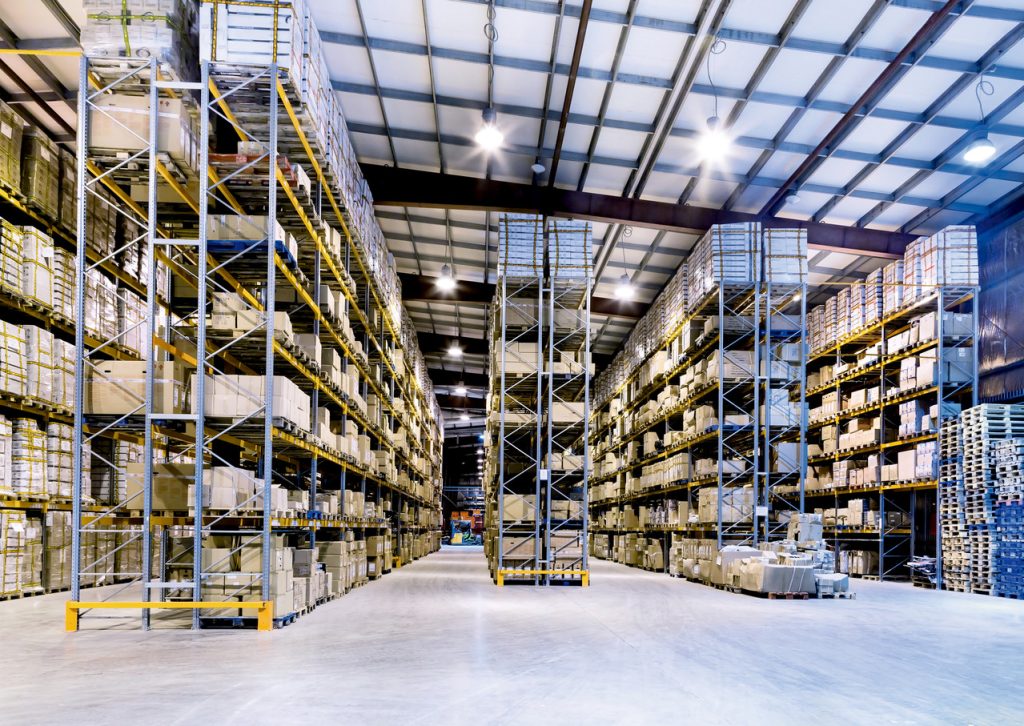
Safe Automation for Retail Strategies
Lastly, safety must be considered in any future-proof strategy. Despite popular belief, productivity and safety do not have to work against one another. Sensor solutions for safe collaboration with industrial robots, industrial mobile robots, and other machinery can be implemented to maintain safe and productive processes.
Safe automation is the combination of safety and automation technologies to ensure that workers and the environment remain safe while robots and automated systems are used in facilities. It can be implemented for obstacle detection, emergency stop features, and safety barriers. When implemented successfully, it can provide numerous advantages, but most important it ensures the safety of employees, customers, and systems.
A strong safety system should include sensors, collaborative robotics, and machine learning. With safe automation, retailers will see improved accuracy, productivity, and throughput, but also enhanced safety.
These four strategies can help retailers stay competitive by automating processes in distribution centers. Want to learn more? Contact a SICK representative today!


